20% off £30
Bones: everything you need to know

Most of us don’t think about our bones unless we break one. Find out exactly what they are, what they do, and how to keep your bones healthy
Written by Helen Foster on February 11, 2019 Reviewed by Dr Rob Hicks on February 22, 2019
Everyone knows what our bones look like – Halloween skeletons have a lot to answer for – or at least, we think we do. Our bones are actually living structures, constantly renewing themselves, so keeping them in good shape is essential.
Here’s what you need to know to help support strong, healthy bones.
Bones – the basics

We actually have two different types of bone:5
- cortical – the strong, dense outer ‘tube’
- trabecular – the softer, honeycomb-like structure inside, which makes bones rigid but light
Some of our bones also contain bone marrow, the spongy tissue that produces stem cells, which can become red or white blood cells, brain cells or bone cells, among others.6
What are bones made of?
Our bones are mostly made of collagen, the ‘elastic’ substance in the body, combined with the mineral calcium phosphate.7 This creates an extremely hard but flexible structure that is able to withstand forces up to three times our own body weight.8
We build up most of our bone mass during our childhood, teens and 20s, when new bone is added to our ‘bone bank’ faster than old bone is broken down and removed. But after the age of 30, and particularly after menopause, this process reverses and we start to break down bone faster than it is replaced.9
Why do our bones break down?

What is osteoporosis?
Osteoporosis is a condition where your bones become weaker as you age, and could fracture very easily. It can run in families, while low body weight or an eating disorder can also increase your risk. The precursor to osteoporosis is osteopenia – a lower than average level of bone density.12
Frustratingly, there are no obvious symptoms of osteoporosis – breaking a bone is often one of the first signs – but there are a number of ways you can look after your bone health, at any age.
What affects bone health?
A number of factors can influence how much bone you build or how fast you lose it. Some you can’t alter, like your genes and your gender – women build less bone tissue than men13 – but other elements you can control:
- exercise – exercise helps build bone, because the tugging of muscles against bone triggers growth,14 and even just a little bit helps; a 2017 study found women doing 1-2 minutes of running or jogging a day had 4% more bone mass15
- smoking – smoking increases the lifetime risk the risk of hip fracture by 31% in women and 40% in men, although exactly how smoking and bone health are linked isn’t yet fully understood16
- alcohol – drinking more than three alcohol units a day – around two small glasses (125ml) of white wine – has been linked to an increased risk of fractures, possibly because alcohol interferes with the body’s ability to absorb calcium17
- diet – around 99% of the calcium in our body is found in bones and teeth, so make sure you’re eating plenty leafy green veg, dairy foods and calcium-fortified foods, such as plant milks, which are all rich sources of this essential nutrient
- vitamin D – the ‘sunshine vitamin’ helps maximise the amount of calcium we can absorb from our food, so you could consider a supplement to keep your levels topped up, especially over winter
- vitamin K – this vitamin, found in green leafy veg, switches on a protein called osteocalcin that helps build and heal bone tissue18
Our gut bacteria can also produce vitamin K, so including more fermented foods in your diet – natural yoghurt, miso, kimchi – can promote good gut bacteria that, in turn, can help maintain strong bones.
If you’re concerned about your bone health, talk to your GP who can arrange a bone scan if necessary.


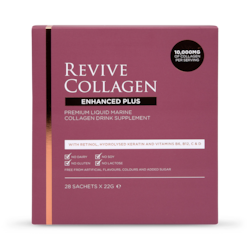
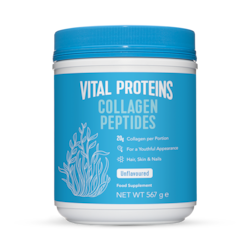
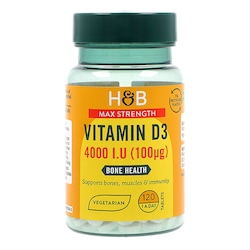
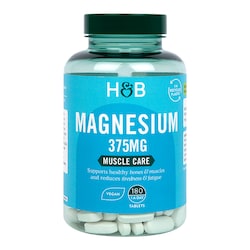
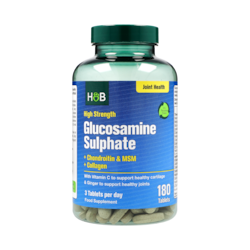
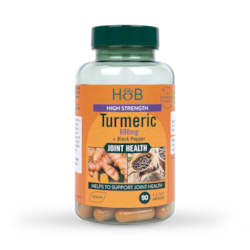
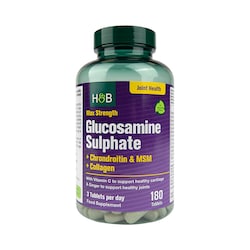
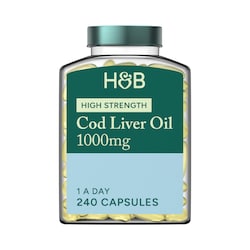
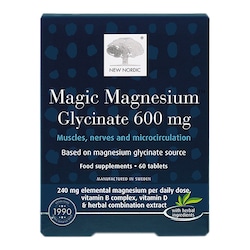
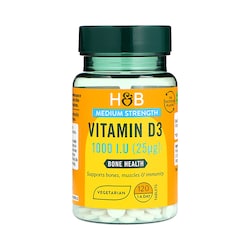
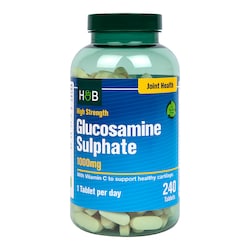
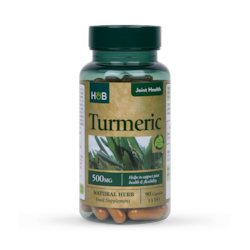
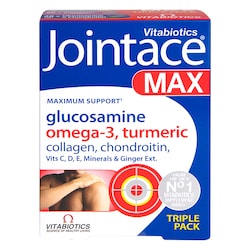
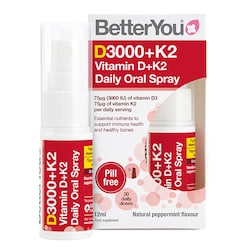
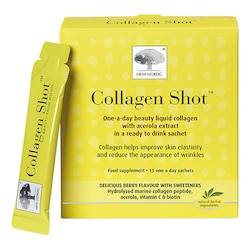
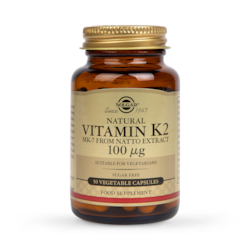
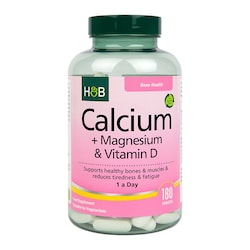
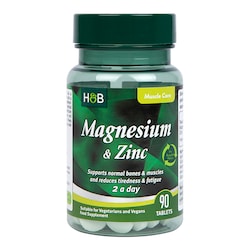
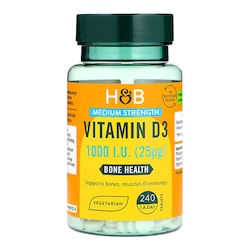
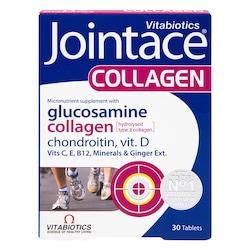
.png)












